To wear shoes indoors or not
Posted on 26th April 2024
Is wearing your shoes indoors affecting your health?
Shoes can indeed track in a surprising amount of dirt, germs, and other contaminants into our homes. Studies have shown that the soles of our shoes can harbor a wide range of bacteria, including E. coli, as well as various other pathogens. The amount of dirt and germs brought into the house on shoes can vary depending on factors such as the environment outside, the type of terrain walked on, and individual habits. Here's a breakdown of the potential contaminants that shoes can introduce into the home:
Dirt and Soil: The soles of shoes pick up dirt, mud, and soil particles from outdoor surfaces such as sidewalks, streets, lawns, and parks. These particles can include debris, pesticides, and other chemicals commonly found in outdoor environments.
Bacteria and Germs: Bacteria such as E. coli, Klebsiella pneumoniae, and Serratia ficaria are frequently found on shoe soles. These bacteria can originate from various sources, including animal waste, public restrooms, and contaminated surfaces. In addition to bacteria, shoes can also carry viruses and fungi, posing a risk of infections and illnesses.
Allergens: Pollen, mold spores, and other allergens can adhere to the bottoms of shoes, especially during certain times of the year or in environments with high levels of pollen and mold. These allergens can be introduced into the home, triggering allergic reactions and respiratory issues in sensitive individuals.
Chemicals and Toxins: Shoes may pick up chemical residues from outdoor surfaces, such as roadways treated with de-icing salts, pesticides from lawns and gardens, or pollutants from industrial areas. These chemicals can be transferred indoors, potentially posing health risks, especially to children and pets who may come into contact with contaminated surfaces.
Pet Waste: Pet owners are particularly susceptible to tracking in fecal matter and urine from their pets, which can contain harmful bacteria and parasites. Even if pet waste is not directly visible on the shoes, it can still be present in microscopic amounts and pose a risk of contamination.
How can you help to mitigate the amount of dirt and germs brought into the house on shoes?
Establish a no-shoes policy indoors to prevent outdoor contaminants from being tracked throughout the house.
Provide a designated area near the entryway for shoes to be removed and stored.
Regularly clean and disinfect high-touch surfaces such as doorknobs, floors etc with a proffesional anti bacterial cleaner such as Capable Cleaners Antibacterial Surface Cleaner. to reduce the spread of germs.
Clean shoes regularly, especially if they have been exposed to particularly dirty or contaminated environments.
Consider using doormats both outside and inside the entryway to help remove dirt and debris from shoes before entering the house.
By being mindful of the potential contaminants carried on shoes and taking proactive measures to minimize their spread, you can help maintain a cleaner and healthier indoor environment for you and your family.
Do you want to freshen up the carpets in your property? Contact us today to find out about our carpet cleaning service.
www.capablecleaners.co.uk
Share this post:

